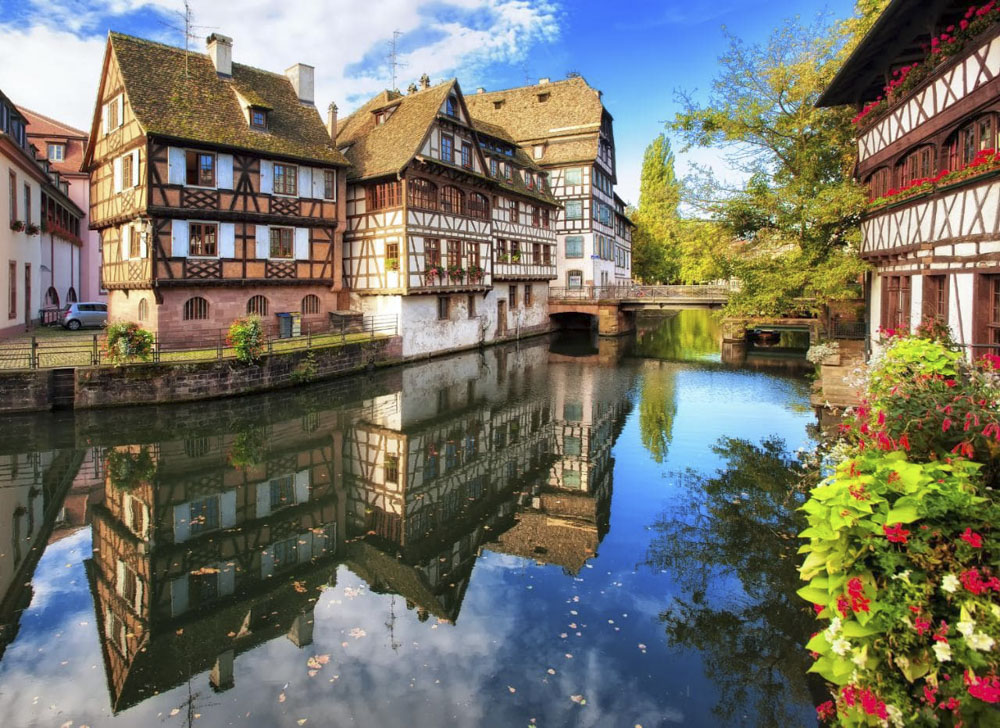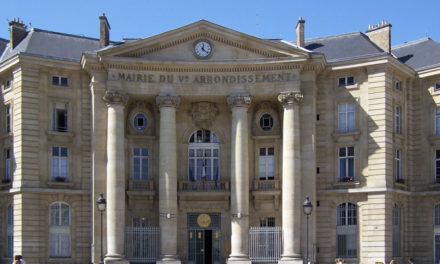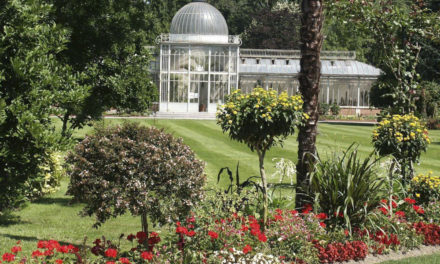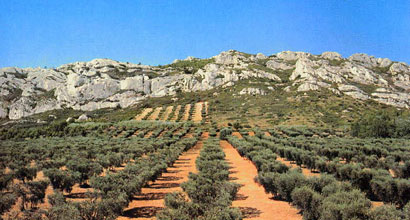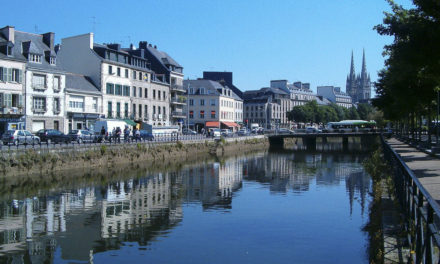Strasbourg is the capital of the Alsace region in eastern France and lies on the border with Germany, giving it a unique flavour of both countries. It is in the Bas-Rhin department and enjoys a truly Franco-German culture having been under both French and German rule over the centuries. Strasbourg is the home of the European Parliament which is directly elected by the European Union and the seat of several international institutions. Historically, the city was German speaking but French is now the dominant language amongst a worldwide audience. Following the end of the second world war, with its strategic location and cosmopolitan atmosphere, Strasbourg was chosen to be the capital of Europe. The city is an excellent example of reconciliation between different nations, heralding the best of different cultures and is a bridge of unity between France and Germany. With its diverse nature, the capital also balances the coexistence of Catholic and Protestant ideals, celebrated with its magnificent cathedral and churches.
Strasbourg, its German name translates as City of the Roads, is economically an important centre of manufacturing and engineering industries, being easily accessible by road, rail and river. The port is the second largest on the Rhine and the historic city centre, the Grand Île (Big Island), is classified as a World Heritage site for its outstanding architecture. The University of Strasbourg, currently the largest in France, brings together scholars from all over the world, creating a centre of excellence within the highly focussed network of business and political establishments.
The grand German architecture and scenic banks of the River Îll winding through the ancient city, give contrasting views of a vibrant capital which makes it one of Europe’s most attractive destinations. Visitors should allow enough time to explore this fascinating city as there is so much to see and the hospitality is par excellence !
Book a Hotel in Strasbourg
History
In the 12th Century, the Romans set up a military camp in Strasbourg recognising its strategic position within Europe, situated at the meeting point between the North-South and the East-West trade routes.
Construction work began on Strasbourg’s greatest landmark, the Cathédral Notre-Dame, in the 11th century. The next two hundred years saw the development of the old town, known as the Grande Île, which is the historic centre of Strasbourg. It is an island on the River Îll which, in 1988, the International Council on Monuments and Sites described as “an old quarter that exemplifies medieval cities”. The district known as la Petite France, in the Grande Île’s south-western corner, is full of half-timbered houses dating from the 16th and 17th centuries and narrow streets leading to medieval bridges and canals create a scene of fairytale magic. This picturesque ‘quartier’ is in direct contrast to the ultra modern north east district where the EU institutions are located.
Attractions
It can be difficult to decide which country you are in – France or Germany – as their cultures are intrinsically fused, but help is at hand with street signs and tourist information available in both languages. This is a prosperous metropolis, the intellectual and cultural capital of Alsace with many historical points of interest and beautiful views of the Rhine to enjoy.
The Cathédral Notre-Dame de Strasbourg, an outstanding example of Gothic architecture, was completed in 1439 and, at a height of 463 ft., has the tallest tower from the medieval period which dominates the skyline and can be seen from as far away as the Black Forest. It is built from pink coloured sandstone which gives it a special warmth of colour at different times of the day and has a noted rose window resembling stone lace. The façade of the Chapelle St. Laurence is a stunning example of the late Gothic German architectural style and, together with the Romanesque crypt, this is one of the old city’s main attractions offering a wealth of ornamental sculptures which should not be missed. Four other centuries-old churches, St. Thomas, St. Pierre-le-Vieux, St. Pierre-le-Jeune and St. Etienne are located nearby.
The Place de la République in the heart of the ‘German quarter’ covers a large park-like square and, following the French defeat in 1870, represented an impressive new form of urban planning. This area was designated a “new town” and features luxurious private homes amongst cultural buildings set in a landscaped environment. The Rhine Palace, the University Library and the National Theatre are all significant buildings in the neighbourhood which demonstrate the opulence of German architecture at that time.
Whilst in Strasbourg there are several important museums to take in. The Oeuvre Notre-Dame museum features some of the finest masterpieces of medieval sculpture and major works of 15th century Rhenish art and has a series of superb stained-glass windows. The Museum of Modern and Contemporary Art, the Historical Museum, the Alsatian Museum, and the Palais Rohan which includes the Decorative Arts Museum and the Fine Arts Museum, all merit a visit.
The University’s Botanical Gardens date from 1884 and house 6,000 plant species covering several acres near the Cathedral. The town’s oldest park, The Orangerie, is a cherished destination for its natural and romantic setting and is a favourite with children and young people. It has a lake and waterfront attractions with a good restaurant and is a popular place for exhibitions and local events. The Two Shores Garden, which spans the River Rhine, is open all year round and links both banks of the river with a footbridge. It offers cyclists and pedestrians a scenic route and is famous for staging international cultural events, including concerts.
Strasbourg is famous for its Christmas Market which is held every year around the Cathedral and is considered to be the oldest market in Europe with a tradition dating back to 1570. The streets and squares are decorated with lights and the smells of spices and Christmas delicacies pervade the atmosphere. It is a feast for the eyes as well as for gourmet lovers with food specialities not available anywhere else. The city is full of Christmas ‘joie de vivre’ during the festive season which runs from the end of November until New Year’s Eve.
For those less interested in historical buildings and art collections, there are plenty of shopping opportunities. With such an influx of visitors to Strasbourg, the streets are full of chic fashion houses and colourful boutiques – particularly Place Kleber, a bustling square lined with interesting shops and a hub of activity.
A visit to the capital would not be complete without taking in the European Parliament’s buildings which are located in the Quartier Européen district of the city which it shares with other European organisations. The principal building is the Louise Weiss building, inaugurated in 1999. However, the complex containing the Winston Churchill building on Avenue du President Schuman in the Orangerie district, and the Salvador de Madariaga next door along the Quai du Bassin de l’Îll, are designed in a post-modern architectural style and are also of special interest.
Accommodation & Restaurants
Strasbourg has an international reputation for first class luxury hotels and there are a significant number of mid-range hotels with excellent facilities for visitors, whether for business or pleasure. Family accommodation is readily available both in the historic old town and the modern areas of the European business district.
Restaurants for every occasion are to be found throughout the city. This is one of the best areas in France for delicious cuisine and the gourmet German influence is of a very high standard. Baeckoffe. which is a local speciality, is a meat stew flavoured with spices and Coq au Riesling is similar to the more traditional French Coq au Vin. Alsatian desserts are among the best in the world and should be enjoyed with a glass of the local “eau to vie” which is a liqueur to be treated with caution ! The wines that are most popular in this region are usually white with a slight crispness such as Reislings and Gewurztraminers. A visit to L’Ancienne Douane, the old Custom House, which dates from 1358, has a good restaurant serving Alsatian specialities.
The locally brewed beers are also very popular – especially after a busy day exploring the city.
Travel
By Car from the UK
Book your crossing now with Eurotunnel –
Distance from Coquelles – 6 hours 20 mins – 620 Kms (Approx)
By Road: Strasbourg is accessible from the west taking the A4 motorway which is about 4 hours drive from Paris .
From the south, taking the A35 motorway which is approx. 5 hours from Lyon; or from the north and east (Germany) taking the A5 motorway.
By Rail: Strasbourg has the second largest railway station in France offering good rail links to other parts of the country as well as with most European countries.
By Air: Strasbourg International Airport has excellent services. There are also good (and cheap) flights from Karlsruhe-Baden or Basel-Mulhouse international airports which can be easily accessed by rail or by road.
Tourist Office
Office de Tourisme de Strasbourg
17 Place de la Cathédrale
BP 70020
67082 Strasbourg
Tel: 03 88 52 28 28
email: info@otstrasbourg.fr

